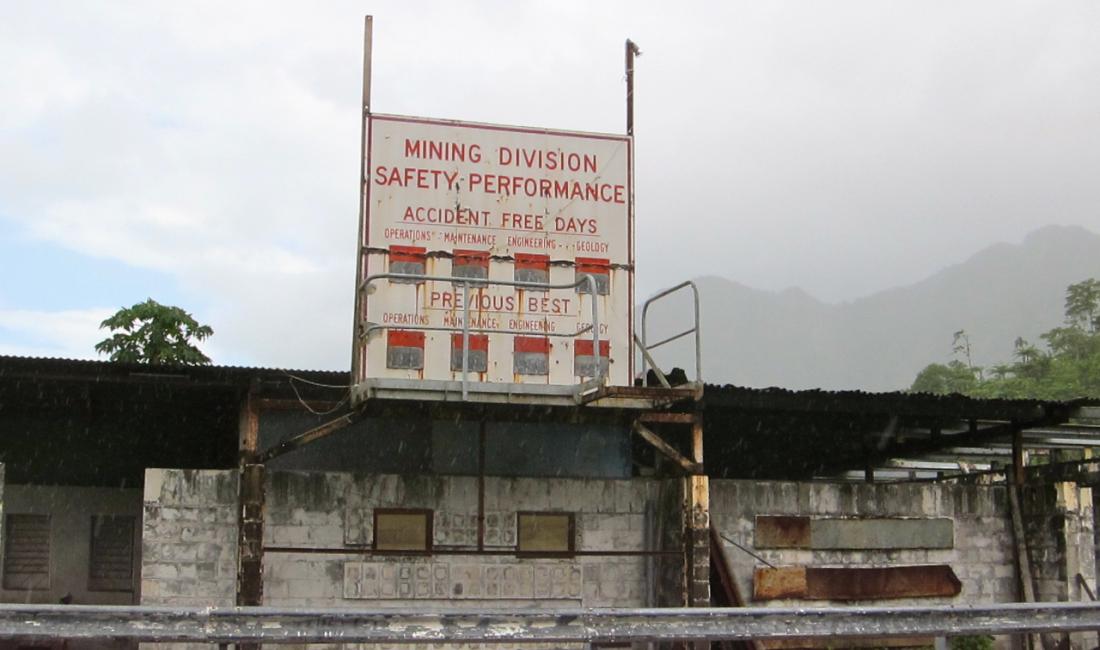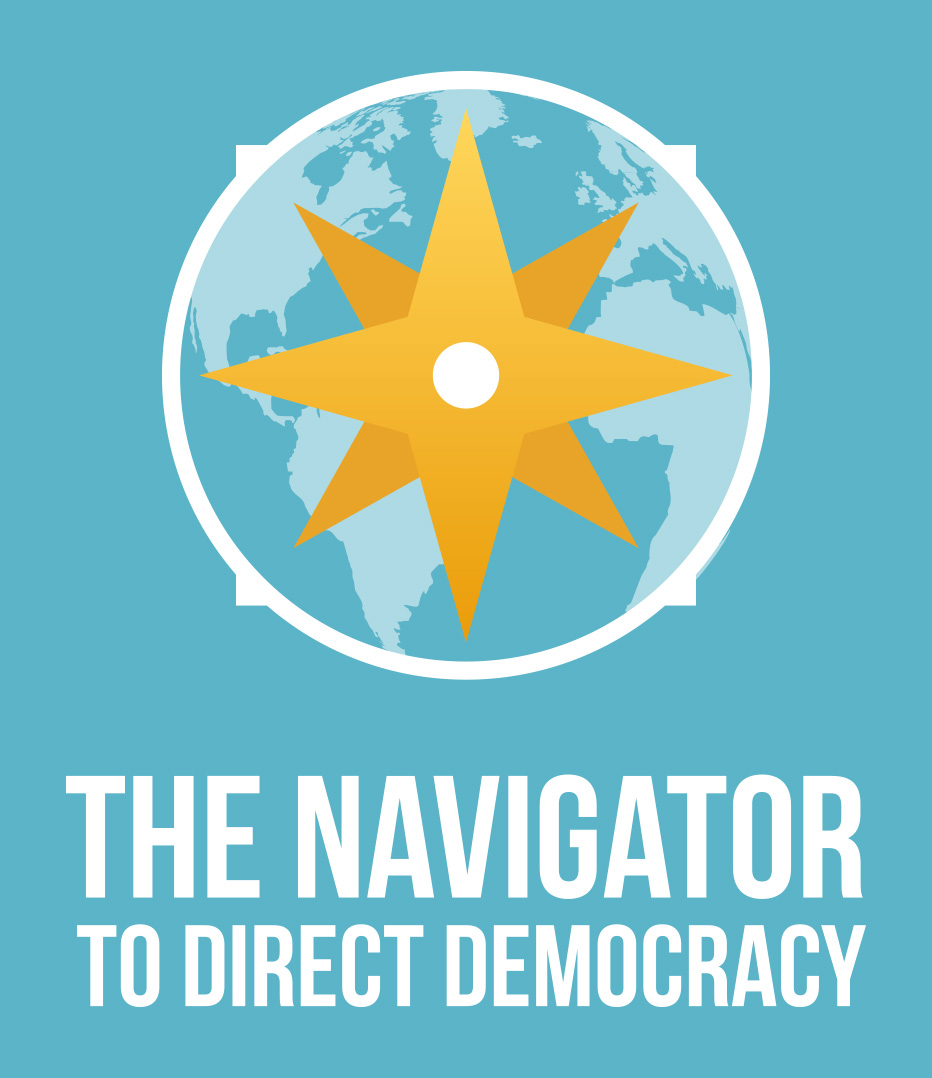In last November’s referendum, with a turnout of 87,4 per cent, a staggering 97,7 per cent of Bougainvillean voters opted for independence. The small island in the Pacific Sea is part of the state of Papua New Guinea (PNG), but already enjoys a special autonomous status. However, the result of the referendum is crystal-clear: Bougainville wants more. To achieve this independence is not easy. The crux of the problem? The Panguna mine, home to one of the largest copper reserves in the world. Besides this important matter PNG also does not seem to be eager to grant Bougainville statehood.
A referendum coming from a civil war
Past November’s referendum is not coming out of nowhere, as it was incapsulated in a peace accord signed by both parties on August 30, 2001. Facilitated and monitored by the United Nations, the agreement rested on three pillars: more autonomy for Bougainville, disarmament of the island and the convocation of an independence referendum. This referendum had to be triggered in the 10 to 15 years following the establishment of the Autonomous Bougainville Government. According to the agreement, the referendum would be non-binding and after negotiations between both governments, the outcome would have to be ratified by the PNG parliament.
The document was signed after a brutal civil war raged on the island for more than a decade (1988-1998). Between 15.000 and 20.000 Bougainvilleans lost their lives in the conflict, amounting to almost 10% of the entire population. This history also paints a clearer picture as to why Bougainvilleans voted for independence from Papua New Guinea in such overwhelming numbers.
The main catalyst for the civil war? The Panguna mine located at the heart of the island. The mineral-rich Bougainville generated around 17 per cent of PNG´s national revenue and as such, was the most important region in the country. On the other hand, Bougainville only saw 1 percent of the profits return as investments in the region. Feelings of economic exploitation were accompanied by heavy pollution by the mining industry and citizens had to deal with environmental degradation of indigenous lands.
On November 25, 1989 militant landowners lead by Francis Ona started sabotaging the installations of the Panguna copper mine, operated by the company Bougainville Copper Limited (BCL). The main BCL stakeholder, global mining giant Rio Negro allegedly pressured the PNG government to take action to counter the rebellion. Whether this is true or not – investigation is still underway - the PNG administration deployed the military.
In March 1990, the Papua New Guinea government sent troops to the province to quash the guerrilla-like rebellion. According to Colin Filer, an anthropologist studying the conflict, “The frequency of the clashes between militants and security forces intensified to a point at which protest against mining operations had become an act of rebellion against the authority of the state.’’ As the PNG military was unable to defeat the rebellion, the conflict took an even more dramatic turn when PNG imposed a naval blockade on the island, thereby preventing the entry of food and medicine. It forced the Bougainvilleans to resort to a self-sustaining lifestyle. The attempt to break the spirit of the islanders failed miserably and proved immensely counterproductive as the blockade was a catalyst for increasing national consciousness among Bougainvilleans.
In the end, the rebels didn’t back down and the Panguna mine had to be shut down as operating the mine had become impossible. To date, it remains out of order. It is estimated that supplies of copper and gold worth 60 billion U.S. Dollar are still left underground.
Slow negotiations and economic independence
After the non-binding referendum in November, negotiations started between PNG and Bougainville. PNG Prime Minister James Marape travelled to the island to emphasize PNG’s good faith in positive outcomes. Until now, it is unclear how long the entire process will take. Even though the outcome of the referendum is hard to interpret otherwise than a unmistakable wish for independence, Marape made clear that Bougainville is not ready for it and should focus on economic independency as a priority instead. The island is currently dependent on foreign aid and state revenues coming from the PNG government.
Local leaders have different opinions on the matter. John Momis, the current president of Autonomous Region of Bougainville is in favour of reopening the mine to generate revenues. Landowners have also admitted they want the mine to reopen.
The same sentiment is shared by other Bougainvillean politicians. According to a Japan Times’ interview, Vice President Raymond Masono aims at revising Bougainville’s mining laws after the referendum. Masono wants to amend current laws, so that in the case of new mining activity, Bougainville would take a majority 60 percent share in all projects and retain all mining licenses. The rest would be for other investors to bid on.
In the interview he also states that Panguna can be the project that can enable the Bougainville independence from PNG: “They don’t own the license and the mine. We own it — they come on our terms. The revolution is ongoing.”
Panguna as blessing and a curse
Renewing mining operations can foster development for Bougainville, just as it boosted PNG finances in the 70s and 80s. At the same time, the mine will most likely remain Bougainville’s Achilles’ heel, as renewed mining will undoubtedly have consequences for the environment and the social structure of the island.
The consequences of mining operations have already led to a bloody conflict once. Until now that history has not been fully processed by the inhabitants of Bougainville. There have not been any significant efforts to provide transitional justice addressing the atrocities the Bougainvilleans had to live through. This makes the potential reopening of the mine an even more sensitive endeavour.
Bougainville is currently extremely impoverished and has become one of the poorest regions of Papua New Guinea. Foreign investors and multinational mining companies are already gearing up to jump on the billions of reserves in copper and gold that Panguna still possesses. Further complicating the matter are new players on the block such as China, a country that previously did not act as a significant stakeholder in the conflict. It is not unthinkable that things will get out of hand as forces bigger and richer than Bougainville will try to get hold of its resources. Various reports seem to indicate that big mining companies are already trying to lobby key politicians on Bougainville to assert political influence.
The people of Bougainville went through a lot and should be able to have a say in their own future. The clear outcome of the referendum leaves no room for interpretation, Bougainville wants to be the newest state in the South Pacific. What the island now needs is a solid legal framework guaranteeing Bougainvillean ownership of Panguna and ambitious and responsible negotiations with Papua New Guinea adhering to the United Nations agreements both parties made. It seems that only this combination can lead to a stable model for development in the coming decades.
Article Photo: The ruins of the Panguna mine - courtesy of Madlemurs (CC BY-NC-ND 2.0) https://creativecommons.org/licenses/by-nc-nd/2.0/)
This article is available in multiple languages on the Democracy International website:
Diesen Artikel auf Deutsch lesen /Lire cet article en français

 This article was written within the framework of the Direct Democracy Navigator, a unique global information platform on modern participative democracy hosted and facilitated by Research Center of Citizen Participation/Institute for Democracy And Participation Research of the University of Wuppertal in cooperation with Democracy International, the IRI Europe, supported by swissinfo and people2power. The Direct Democracy Navigator is the only database providing a complete overview of legal instruments for direct democracy worldwide:
This article was written within the framework of the Direct Democracy Navigator, a unique global information platform on modern participative democracy hosted and facilitated by Research Center of Citizen Participation/Institute for Democracy And Participation Research of the University of Wuppertal in cooperation with Democracy International, the IRI Europe, supported by swissinfo and people2power. The Direct Democracy Navigator is the only database providing a complete overview of legal instruments for direct democracy worldwide: 


